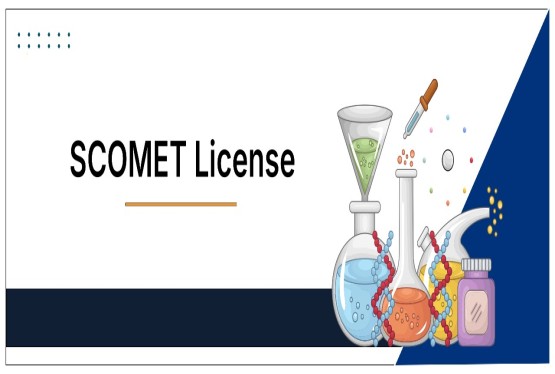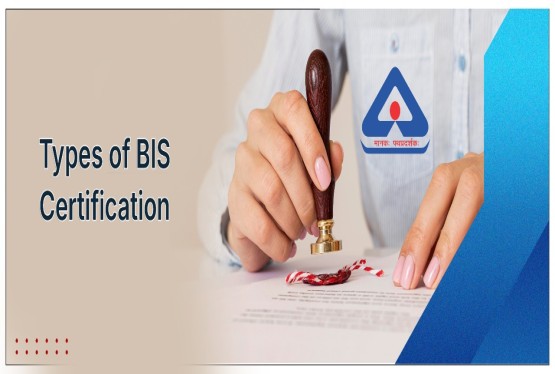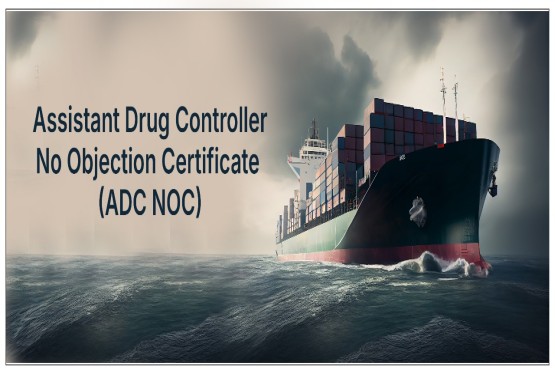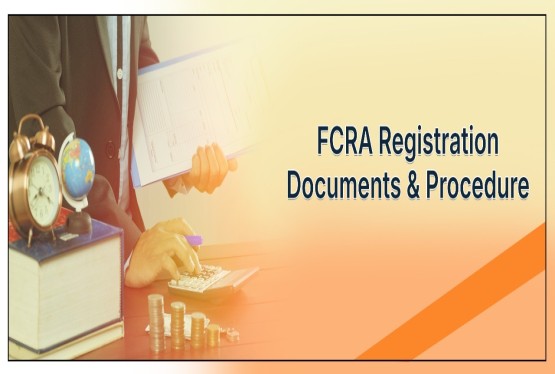Medical device safety, quality, and performance in India are governed by the Drugs and Cosmetics Act, 1940, along with the Medical Device Rules of 2017. Under these regulations, CDSCO Registration for Respiratory Medical Device has gained increasing importance. On 6th August 2021, the Drugs Controller General of India, under the Directorate General of Health Services, issued a notification that classified fifty-one respiratory-related medical devices based on their intended use and associated risks. This article presents a detailed and easy-to-understand overview of the complete process, documentation, and classification for CDSCO for Respiratory Medical Device.
Overview of Medical Device Rules, 2017
The Medical Device Rules, 2017, provide a framework for regulating medical devices in India. Before the rules were introduced, India lacked a structured regulatory system for medical devices, leading to risks associated with substandard imports and local products. With the establishment of clear classifications and risk-based regulations under the Medical Device Rules, the role of CDSCO has become important.
Under these rules, medical devices are categorized into different classes based on the level of risk they pose to patients and users. These regulations ensure that all devices, including respiratory medical devices, meet stringent standards for quality, safety, and performance before entering the Indian market.
Role of CDSCO in Regulating Medical Devices
The Central Drug Standard Control Organization (CDSCO) is India's national regulatory body for pharmaceuticals and medical devices. Functioning under the Ministry of Health and Family Welfare, CDSCO plays an important role in maintaining the health and safety standards of drugs and medical devices in the country.
Some of the key responsibilities of CDSCO include:
-
Registering medical devices, ensuring that only tested and approved products reach the market.
-
Setting guidelines for drugs, in-vitro diagnostics (IVDs), and medical devices.
-
Enacting and amending laws and regulations related to medical devices.
-
Approving clinical trials and overseeing clinical research activities.
-
Licensing the manufacture of certain important drugs and medical devices.
-
Controlling the quality of drugs imported into India.
-
Conducting drug testing at central laboratories.
Thus, CDSCO Registration for Respiratory Medical Device ensures that only safe and effective respiratory devices are available for use in India.
Risk-Based Classification of Medical Devices
Under the Medical Device Rules, 2017, medical devices and IVDs are classified based on the risk they pose. This classification determines the level of regulatory control needed for each device. The Classification of Medical Devices are:
|
Classification |
Risk Level |
|
Class A |
Low risk |
|
Class B |
Low to moderate risk |
|
Class C |
Moderate to high risk |
|
Class D |
High risk |
Respiratory medical devices fall under these classifications depending on their intended use and the potential risks associated with their use. Proper classification is essential for determining the approval process under CDSCO for Respiratory Medical Device.
Classification of Non-Notified Medical Devices
In India, medical devices are divided into "notified" and "non-notified" categories. Initially, only notified medical devices were regulated. However, recognizing the potential risks posed by unregulated devices, CDSCO extended the regulations to non-notified devices as well.
Through a notification dated 11th February 2020, the Ministry of Health and Family Welfare encouraged voluntary registration of all non-notified devices. Class A and B devices had to be registered by 1st October 2022, while Class C and D devices are required to register by 1st October 2023. This progressive move ensures that all medical devices, including respiratory devices, comply with Indian regulatory standards, improving the safety and efficacy of healthcare products.
Notification of 24 Categories Including Respiratory Devices
On 3rd September 2020, CDSCO released a notification listing 24 new categories of medical devices that were previously non-notified. These included devices from anaesthesiology, pain management, cardiology, dental care, ENT, gastroenterology, and importantly, respiratory medical devices.
The inclusion of respiratory devices under these categories marked a significant step towards regulating products like oxygen concentrators, ventilators, and pulse oximeters, especially important during global health emergencies.
Classification for Respiratory Medical Devices
CDSCO released a detailed list of 51 respiratory medical devices, each classified based on its intended use and associated risk. Some examples include:
-
Oxygen Concentrators (Class B): Devices used to deliver concentrated oxygen to patients requiring respiratory assistance.
-
Pulse Oximeters (Class B): Devices that measure oxygen saturation in the blood non-invasively.
-
Ventilators (Class C): High-risk devices providing mechanical breathing support.
-
Steam Inhalers (Class A): Low-risk devices aiding respiratory relief by delivering steam to airways.
The complete classification ensures that manufacturers and importers clearly understand the regulatory pathway for CDSCO Registration for Respiratory Medical Device.
Documents Required for CDSCO Registration for Respiratory Medical Device
To obtain registration, the following documents are required:
-
Application Form: Contains essential details of the applicant and the product.
-
TR6 Challan: Proof of fee payment.
-
ISO 13485 Certificate: Shows the manufacturer follows an internationally accepted quality management system for medical devices.
-
Power of Attorney: Authorization document if an Indian Authorized Agent represents a foreign manufacturer.
-
Undertaking: Declaration regarding the accuracy of information provided.
-
Quality Assurance Certificate: Ensures that the device meets necessary quality standards.
-
CE Certification: If available, certifies compliance with European Union standards.
-
Statement of Compliance: Declaration that the product meets applicable Indian standards.
-
Schedule D (I) Compliance: Specific document requirement under Indian regulations.
-
Device Master File: Contains detailed technical information about the medical device.
-
Plant Master File: Details about the manufacturing facility.
-
Free Sale Certificate: Certificate that the device is freely sold in other major markets.
These documents are important to ensuring transparency and accountability during the registration process for respiratory devices.
Procedure for CDSCO Registration for Respiratory Medical Device
The process for CDSCO Registration for Respiratory Medical Device follows specific steps:
-
Check Device Notification Status: Applicants must first confirm whether their device is notified or non-notified.
-
Appoint an Indian Authorized Agent: If the manufacturer is based outside India, an Indian Authorized Agent (IAA) must be appointed to handle regulatory affairs.
-
Prepare Documentation: Complete all paperwork, ensuring accuracy and completeness to avoid rejections.
-
Submission to CDSCO: Submit all documents along with the application form to the CDSCO.
-
Review by Authority: CDSCO reviews the application and documents. If additional information is needed, the applicant is informed.
-
Grant of Registration Certificate: Once satisfied, the registration certificate is issued, allowing the device to be marketed in India.
Following this process carefully ensures that the respiratory medical device can be legally imported, manufactured, and sold within India.
Importance of CDSCO Registration for Respiratory Medical Devices
CDSCO Registration for Respiratory Medical Device is important for multiple reasons. It ensures that respiratory devices available in the market meet global quality and safety standards. It protects patients from substandard and unsafe products that could lead to severe health complications.
In addition, it promotes trust among healthcare providers and patients. A registered device signals reliability, encouraging wider acceptance and usage in hospitals, clinics, and personal care. Registration also provides manufacturers with a legal framework to defend against counterfeit products and unfair competition.
Challenges in the CDSCO Registration Process
While the process is systematic, it can be challenging without expert help. The preparation of technical documents like the Device Master File and Plant Master File requires precision and experience. Minor errors can result in registration delays or rejections.
Moreover, foreign manufacturers must work with Indian Authorized Agents, requiring coordination across countries. Language barriers, documentation differences, and regulatory nuances can make the process complex. Therefore, professional consultancy from Compliance Calendar LLP for CDSCO for Respiratory Medical Device registration are highly recommended.
Conclusion
The introduction of risk-based classification and mandatory registration by CDSCO has brought much-needed regulation and standardization to the Indian medical device sector. CDSCO Registration for Respiratory Medical Devices plays an important role in ensuring the safety, effectiveness, and availability of life-saving respiratory equipment in India. Manufacturers and importers aiming to supply respiratory medical devices in India must strictly adhere to the guidelines issued under the Medical Device Rules, 2017, and ensure complete and accurate documentation. Proper registration not only facilitates market entry but also builds a brand's reputation for quality and compliance.
Need CDSCO registration assistance feel free to call us on +91 9988424211 or Email on info@ccoffice.in
FAQs on CDSCO Registration for Respiratory Medical Devices
Q1. What respiratory devices require mandatory CDSCO registration?
Ans. All respiratory medical devices with ventilators, CPAP/BiPAP machines, nebulizers, oxygen concentrators, and spirometers must undergo CDSCO registration under the Medical Devices Rules, 2017.
Q2. How long does CDSCO approval take for respiratory devices?
Ans. The average processing time is 9–12 months, depending on device class, documentation quality, and CDSCO’s query response time.
Q3. Can foreign manufacturers apply without an Indian representative?
Ans. No. Overseas companies must appoint an Indian Authorized Representative (IAR) to file applications and liaise with CDSCO.
Q4. What are the fees for CDSCO registration?
Ans. Class B devices (e.g., ventilators, CPAP): Rs.50,000
-
Class A devices (e.g., basic nebulizers): Rs.5,000
Q5. Is ISO 13485 certification mandatory?
Ans. Yes. CDSCO requires ISO 13485 certification for quality management systems, along with device-specific testing reports.
Q6. Do we need clinical trials for respiratory devices?
Ans. Class A devices usually don’t require trials, but Class B devices may need performance evaluation reports from Indian or global studies.
Q7. Why do most applications get rejected?
Ans. Top reasons: Incomplete documents (40%), failed lab tests (30%), incorrect classification (20%), or non-compliant labelling (10%).
Q8. Can we sell devices while the application is pending?
Ans. No. Selling unregistered respiratory devices is illegal and may lead to penalties or product seizures.
Q9. How long is the registration valid?
Ans. Approval is valid for 5 years, renewable 6 months before expiry via Form MD-16.
Q10. Does CDSCO accept US FDA or CE approvals?
Ans. While international certifications help, India-specific testing (e.g., NABL labs) and documentation are mandatory for approval.












































































_crop10_thumb.jpg)







_Rules,_2025_learn_crop10_thumb.jpg)
























































































_crop10_thumb.jpg)








 in BIS FMCS_learn_crop10_thumb.jpg)









_crop10_thumb.jpg)





